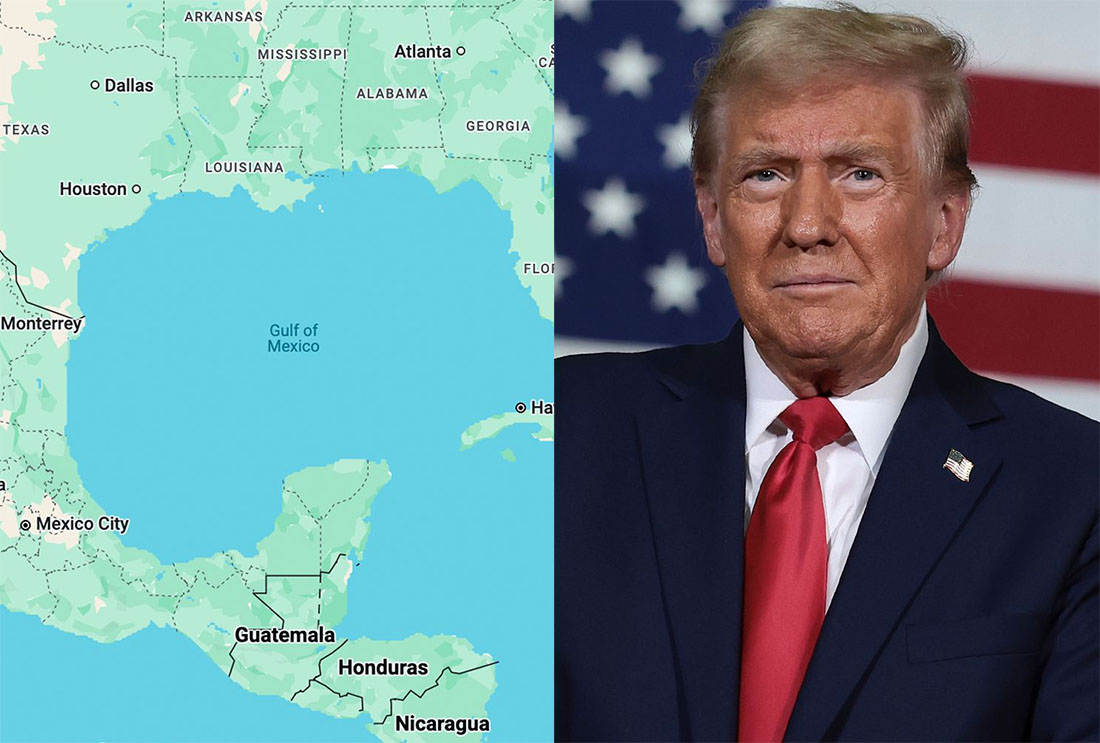
Photo Credit: Getty Images
In a move of an indicative spirit, Google Maps has begun referring to the Gulf of Mexico as the “Gulf of America” for users in the United States following an executive order by President Donald Trump. This move reflects the administration’s plan to “honor American greatness” by rebranding major geographical landmarks.
From today, Google says, American users will see “Gulf of America” on their maps, while users in Mexico will continue to see “Gulf of Mexico.” Users from other countries will see both. Google said they update their map information according to official government sources and reflect regional variations accordingly.
This renaming forms the part of more extensive plan named by Trump regime to rename what “honours American greatness”. On 9 February 2025, while flying over that body of water en-route the Super Bowl in Florida, president Trump issued an official proclamation dedicating that particular day to become known as the “Gulf of America Day”. Public Officials and people urged to take it into celebration of appropriate programme activities, no special celebrations, were specified.
Along with the renaming of the Gulf, President Trump ordered that North America’s tallest peak, Denali, revert to its old name, Mount McKinley. The move has met resistance from the Alaska Legislature, which passed a resolution calling on the president to keep the mountain named Denali, citing its cultural significance to Alaska Natives.
Similarly, the U.S. Federal Aviation Administration announced it was updating its data and charts to conform to the name changes. The U.S. Coast Guard recently began using the new "Gulf of America" appellation in public notices.
All of these renaming actions have met diverse reactions: Some see it as a way of honoring American history, while for others, geographical names so well established don’t need such superfluous changes. The world community, even Mexico included, has kept the original name, never adapting “Gulf of America.”.
While these changes are coming into effect, it is yet to be seen how they will finally affect public perception and international relations. For now, digital platforms like Google Maps continue to implement official U.S. government guidelines, reflecting new naming across the United States.
















